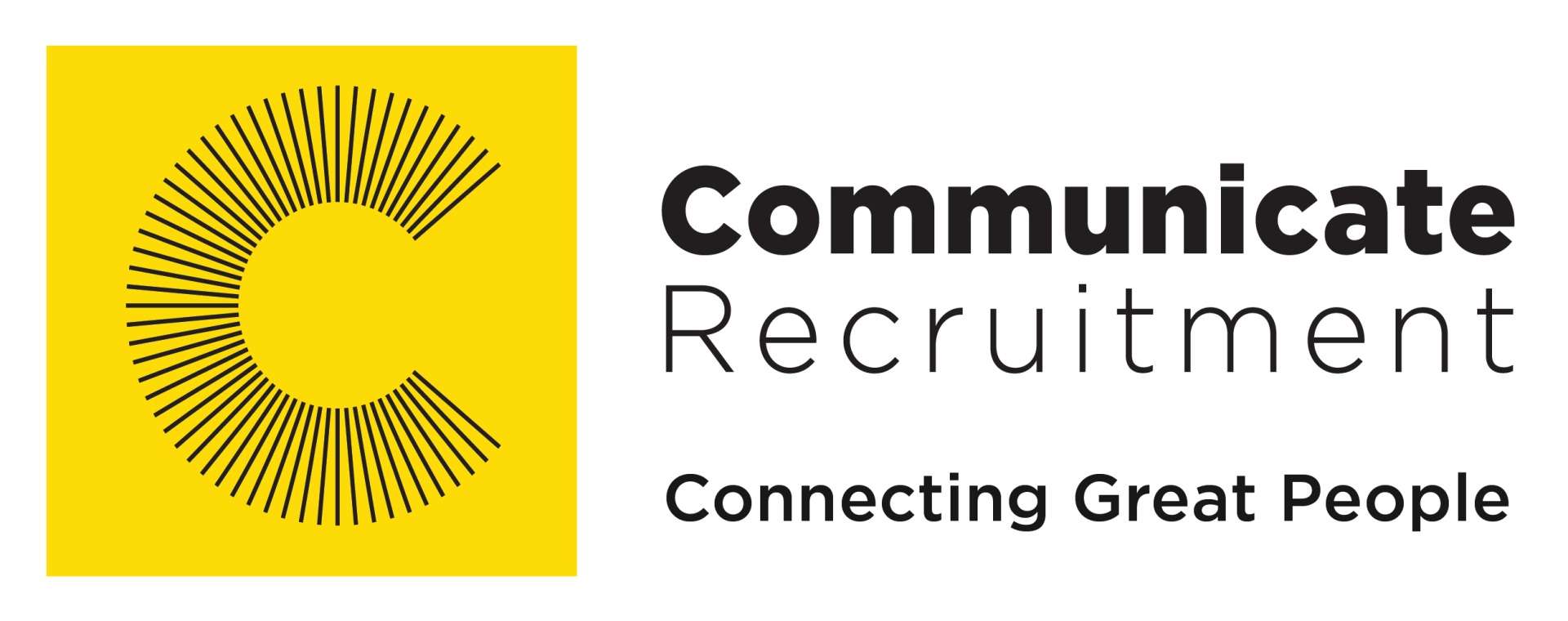Guide to successful onboarding
So, you accepted the offer and you got the job. Now the company has to get things off on the right foot by giving you a structured onboarding process.
A report compiled by SHRM stated that employees who go through a structured onboarding process are 69% more likely to stay with the company for at least three years, in addition to other benefits.
Every new employee has to be boarded properly, be it an employee who is being promoted to a management position or a newly appointed candidate from outside the company. Most companies tend to neglect the former and it’s just as important.
Here’s what to do on the first few days of bringing in a new employee.
Assign a peer
Select someone from the company who will share information as basic as where the kitchen is, how to access the phone line, printing machine, lunchroom, restrooms, employee mailboxes, and even get them lunch. Alternatively, you can assign a mentor who will assist in building confidence, improving retention, encouraging learning, and providing career development.
Arrange a staff meeting
Introduce the new hire to the rest of the team. The IT department, HR, finance, and other departments they will deal with on a day-to-day basis. Social media can be incorporated; it will help develop professional relationships with new colleagues. Private one-on-one meetings with the individuals they will work with daily will also be helpful.
Get them up to speed with existing team dynamics
The biggest challenge for a new employee in any company is understanding the various dynamics of how people work together. Therefore, the new employee will need to have a full understanding of the individuals they’ll be working with or managing. Always remember that open communication is central to good team dynamics and it’s important to share the ‘nuts and bolts of the jobs of everyone who will be reporting to the manager.
Management handbook
Send it over on the first day! And anything else that the new employee might need to get an idea of ‘what things are like.’ This could include:
• History of the company
• Organization chart
• Culture—how people work and relate to each other
• Important policies and how they support the company culture
Meeting with your manager
The employee must meet with their supervisor early on the first day. This could be through Skype or other effective mediums. During the meeting, discuss day-to-day requirements and the job description.
it’s also important to discuss goals and share tasks for the week and what the next 30 to 90 days in this position will be like. This will make it clear to the employee what is expected of them, what they need to achieve, and within what time frame.
The worst thing that can happen is to hire someone and not give them the ‘tools to be successful.’ Studies show that successful companies recognize the importance of onboarding and deem it worthy as it can keep staff engaged and improve long-term retention rates. Apply these guidelines and see if they can help.
You might also like
Book a Service Today
We will get back to you as soon as possible
Please try again later

Johannesburg
+27 11 318 2101
assist@communicate.co.za
2nd Floor, Avenue North
6 Mellis Road
Rivonia, Johannesburg
Cape Town
+27 21 418 1750
assist@communicate.co.za
3rd Floor DSTV Office
5 Canterbury Street
N1 City, Cape Town
All Rights Reserved Communicate Recruitment © 2024
Legal Information
PAIA | Privacy Notice | Site Disclaimer | B-BBEE Certificate | Terms & Conditions
All Rights Reserved | Communicate Recruitment




